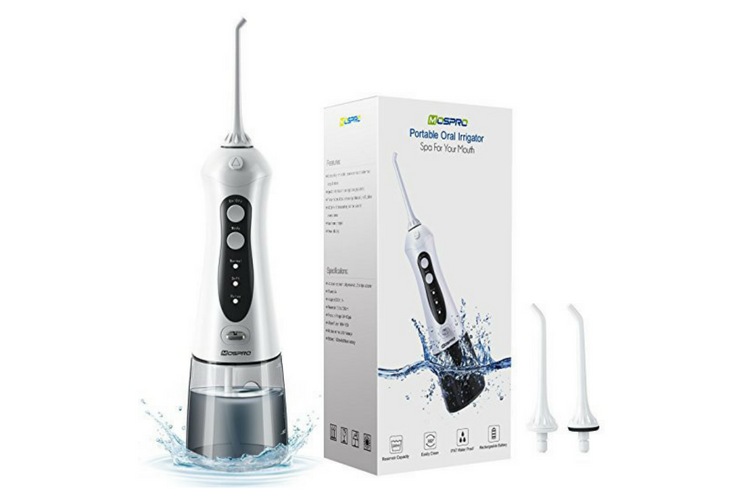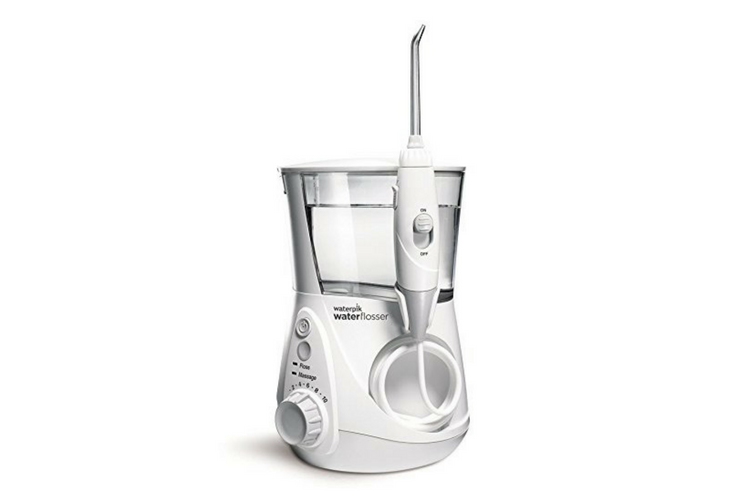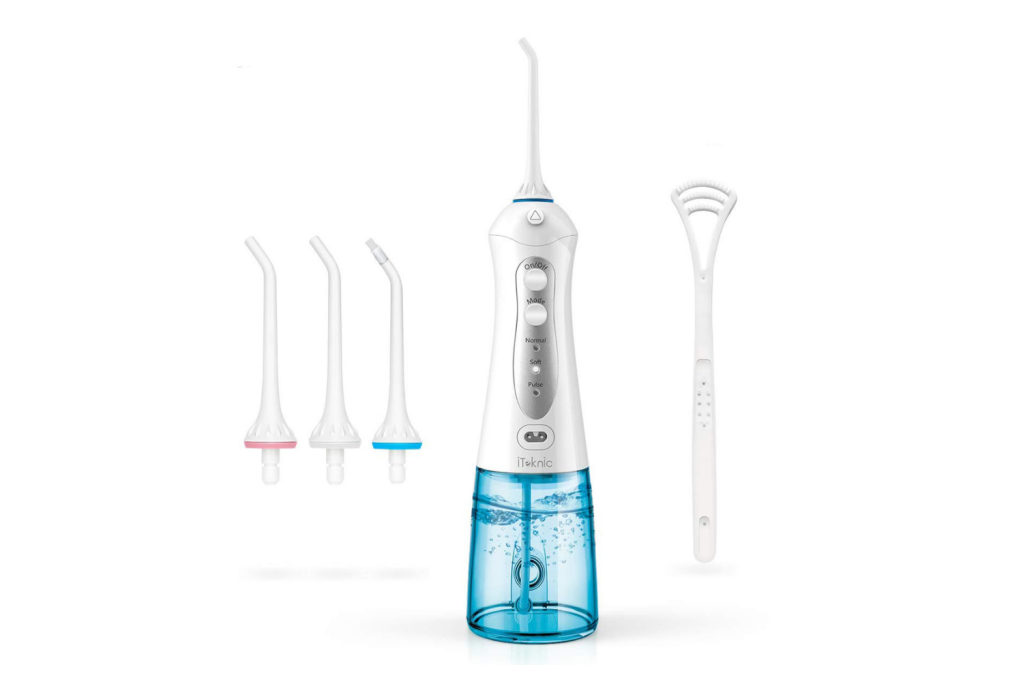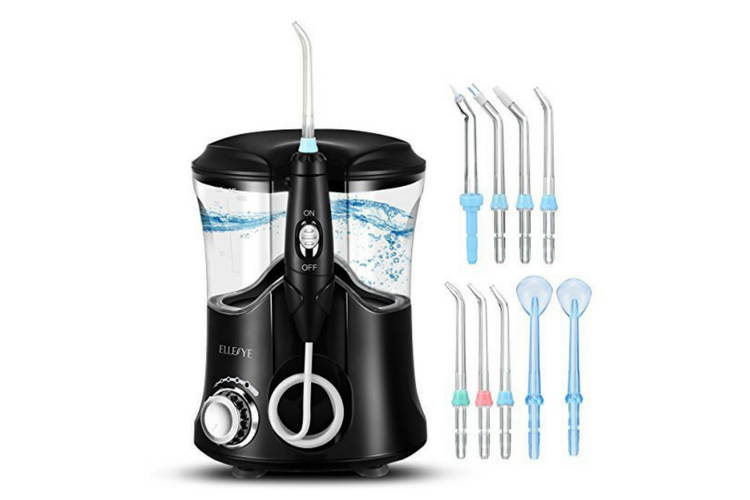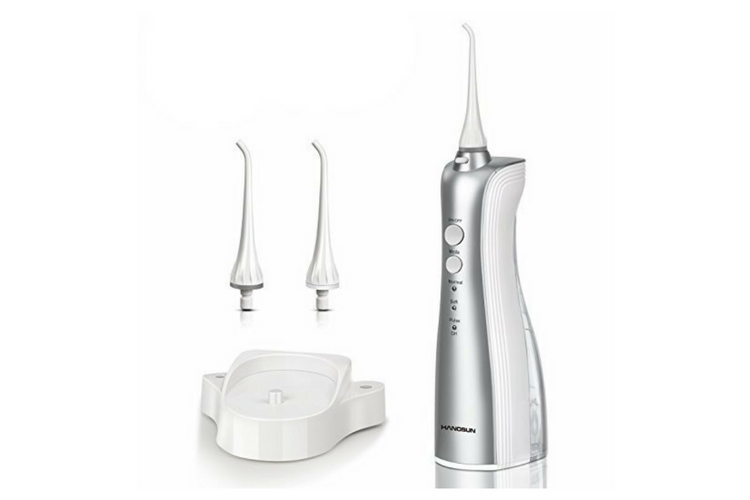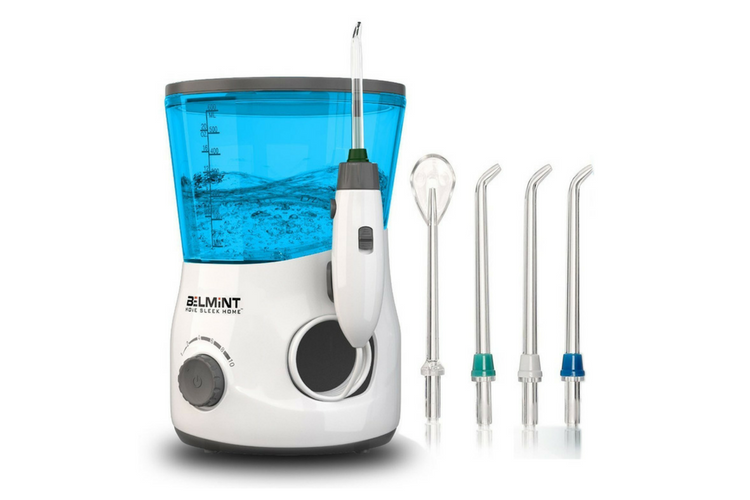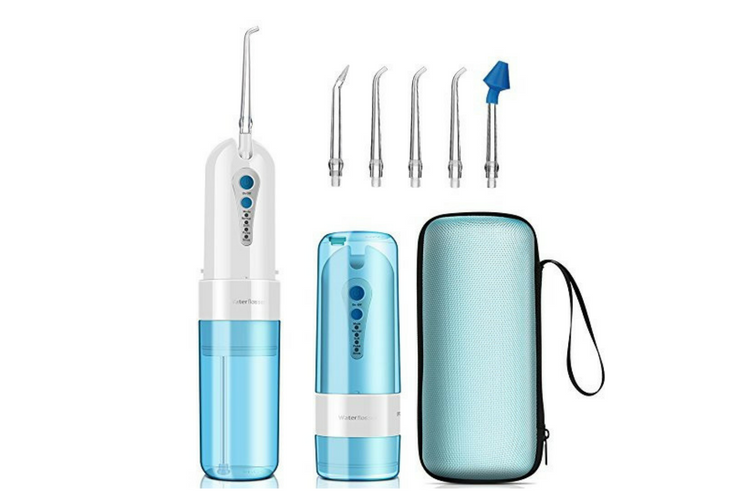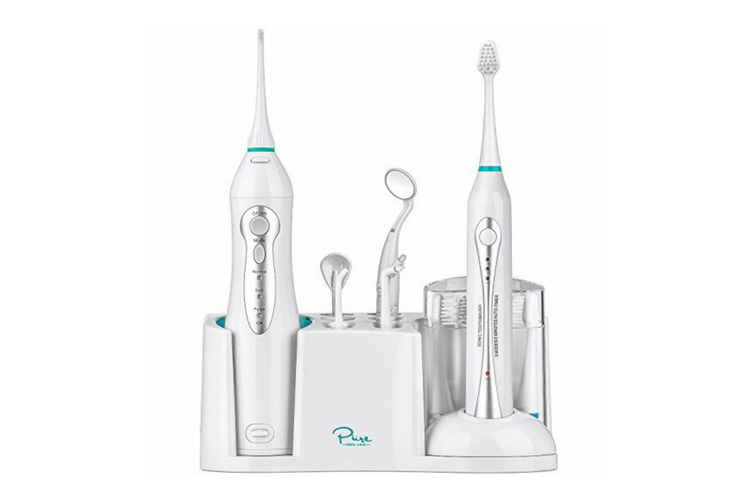8 Best Water Flossers for a Healthier Smile
Every six months or so, we’re presented with a question that never fails to send our hearts aflutter: “Have you been flossing?” Flossing is nobody’s ideal past-time, but pick up one of the best water flossers, and it may become something you look forward to doing every day. New to the idea of water flossing? Let’s break it down.
What is a water flosser?
According to the American Dental Association, an interdental cleaner, such as a water flosser, is a tool designed to “help clean hard-to-reach tooth surfaces and reduce the likelihood of gum disease and tooth decay.” Also known as an oral irrigator, water flossers use a small amount of pressurized water to drive a stream of water, aimed at the gum line and the spaces between teeth, to drive out any food debris, bacteria, or plaque that may be present.
Water Flossers vs. String Floss: Do water flossers work better?
With all the buzz around water flossers lately, you may be wondering: Is water flossing better than traditional flossing? While the debate is still going, there’s no doubt that water flossing is as effective as string flossing when paired with good brushing habits. Aside from removing food remnants left behind from the day, water flossers are great for people who have sensitive gums. The pressure from the water massages gums, which soothes it while getting deep into the gum line to remove plaque and bacteria. They’re also great for people with limited mobility. Unlike regular flossing, you’ll never find yourself contorting your body to ensure you reach every spot of your mouth.
When should you use a water flosser?
Like traditional flossing methods, water flossing should be done twice a day and preferably before brushing your teeth. Why is that? Well, by removing larger pieces of food debris before you brush, your toothbrush is able to get into the nooks and crannies of your teeth it otherwise couldn’t. Think of it like this: You wouldn’t scrub a dish without making sure you threw out any lingering food scraps that may have been left over, would you?
How to Use a Water Flosser
While it may seem a bit technical at first, a water flosser is simple to use once you get the hang of it. First, you’ll want to fill the water resevoir with lukewarm or room temperature water (cold water could irritate sensitive teeth.) Following that, you’ll want to select the proper nozzle. Some flossers come with additional nozzles for people who use braces or have gum disease, but the general nozzle should work fine on a day-to-day basis. After you’ve selected your tip, lean over the sink, place the flosser in your mouth, and turn on the machine (never turn on the machine outside of your mouth, or else water will get everywhere). Be sure to keep your mouth slightly agape to let water out as you move the device across your mouth, aiming at the gum line and spaces between the teeth. Once you’ve completed it, simply turn the device off and follow up with cleaning. Simple as that!

The Best Water Flossers
Ready to make flossing a celebrated part of your daily routine? Keep scrolling for FIRST’S picks for the 8 best water flossers on the market today.
We write about products we think our readers will like. If you buy them, we get a small share of the revenue from the supplier.


